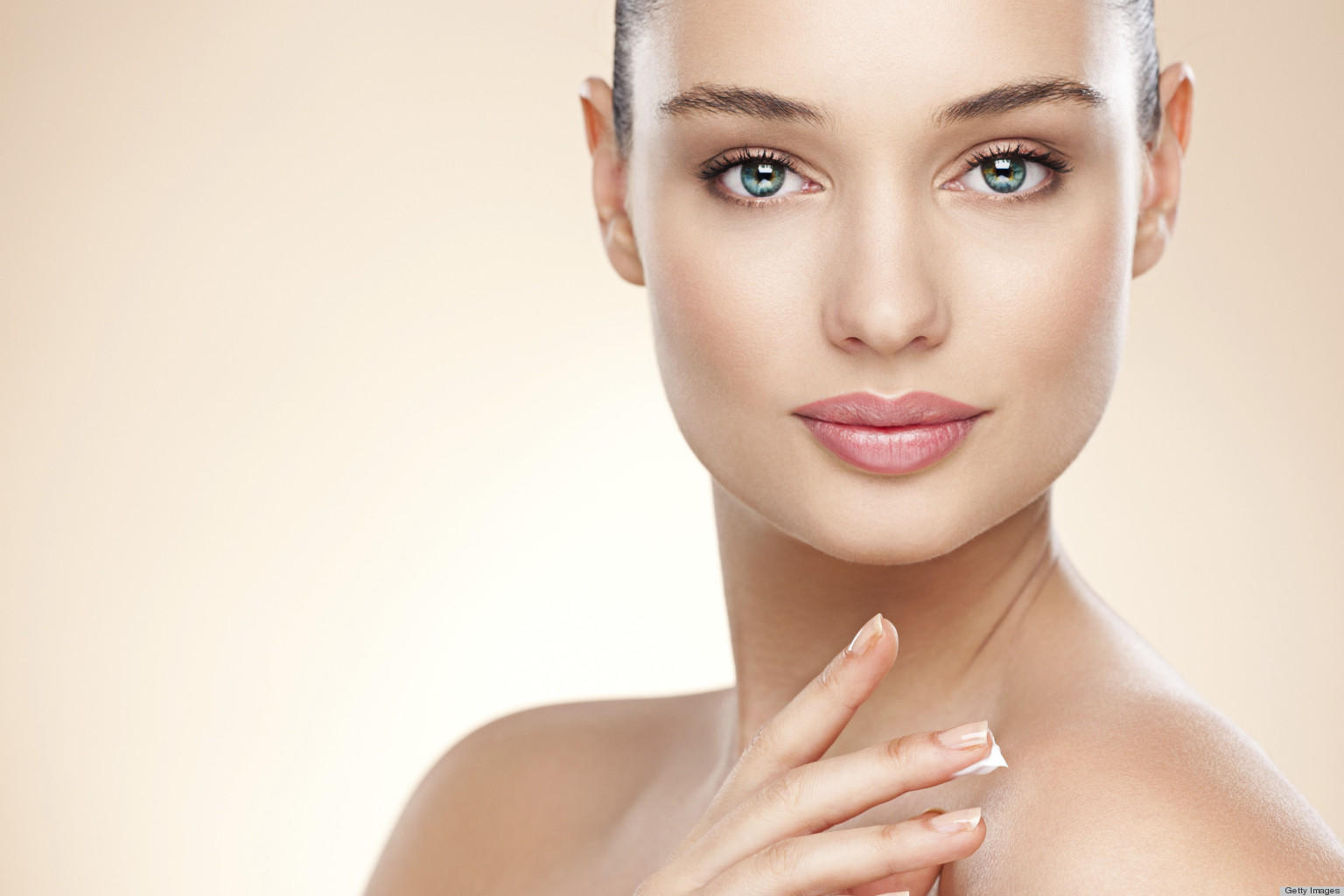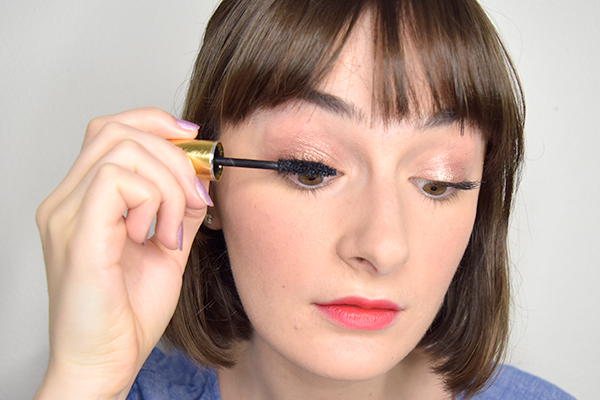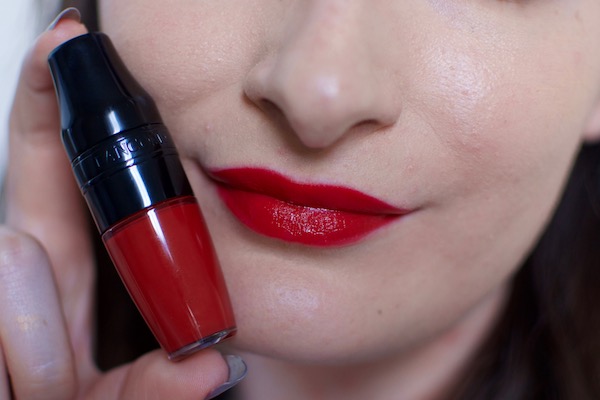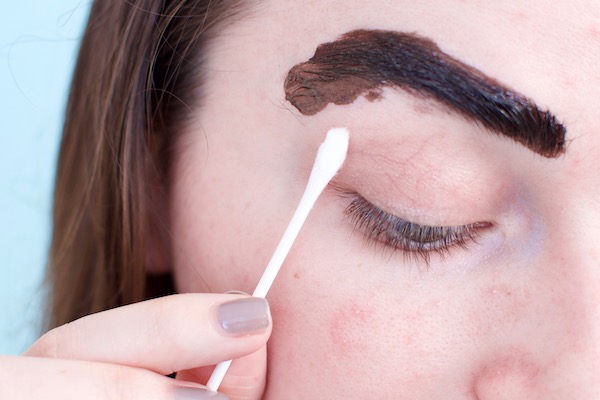Is it as dangerous as it sounds?
Parabens are one of the worst enemies of a healthy body, which is why so many skincare and cosmetic manufacturers proudly proclaim that all of their products are “paraben-free”. This is excellent, as it means that you are at a far lower risk of serious health problems when using these cosmetics.
Sadly, just because they’re paraben-free, that doesn’t mean you’re safe. A surprising number of cosmetic manufacturers have begun to use a new preservative: phenoxyethanol.
The Truth about Phenoxyethanol in Beauty Products
Just the name phenoxyethanol is already a pretty worrisome one, as it indicates the presence of ethanol–a type of alcohol. In this case, phenoxyethanol is a man-made preservative that is used to keep your cosmetics and beauty products from spoiling.
To make phenoxyethanol, ethylene oxide is used to treat phenol, an acidic, white crystalline solid can be both synthesized and found in nature. The problem lies in the ethylene oxide, which is a colorless liquid or gas–one that has been linked to the formation of cancer. The combination of these two chemicals form phenoxyethanol, a compound that many claim is both non-toxic and safe.
But is it really?
According to the Material Safety Data Sheet (MSDS), phenoxyethanol has been linked to irritation of both the skin and the lungs. Some studies suggest that it can be toxic to the liver, the nervous system, and the kidneys. If you are exposed to phenoxyethanol for extended periods (such as by using the same skin creams for weeks, months, or years), it has been known to cause damage to your organs.

READ MORE: Squalene in Beauty Products: What You Need to Know
The toxic effects of phenoxyethanol come via:
- Skin exposure. Every time you apply those phenoxyethanol-containing skin creams to your body, you’re increasing your risk of the problems mentioned above.
- Ingestion. If you use phenoxyethanol-containing products around your mouth and accidentally swallow trace amounts of the stuff, there’s a risk.
- Inhalation. If you accidentally inhale particles of the phenoxyethanol-containing products, there’s a risk of health problems.
It’s a well-known fact that phenoxyethanol can be toxic in high doses, but what about the low doses used in your beauty and skincare products? Are you in danger, considering how little phenoxyethanol is actually used to manufacture your lotions, moisturizers, lipsticks, etc.?
This is where the debate rages hottest. Many experts claim that phenoxyethanol is safe in low dosages. According to the International Journal of Toxicology, the trace amounts of phenoxyethanol in your cosmetics and beauty products are safe for human exposure.
In Europe, however, things are a bit different. The European Commission on cosmetic ingredients warns that phenoxyethanol can be toxic if applied around the mouth or directly to the lips, as the risk of ingestion is much higher. The FDA has also warned AGAINST breastfeeding mothers using phenoxyethanol-containing skincare products around their nipples, as there is a chance that their babies will ingest it. This can lead to a lot of health problems in the babies, including vomiting, nausea, diarrhea, and even nervous system damage!
So, to sum it up, phenoxyethanol is not as safe as you have been led to believe. While low dosages are not as toxic as the concentrated form of the chemicals, using skincare products that contain phenoxyethanol may be increasing your risk of health problems.
To find phenoxyethanol in your products, look for names like “2-phenoxy-ethanol” or “2-hydroxyethyl phenyl ether”. These are both “alternative” names used to refer to phenoxyethanol, and they are an indication that your skincare products contain chemicals that could very well be toxic for your health!








